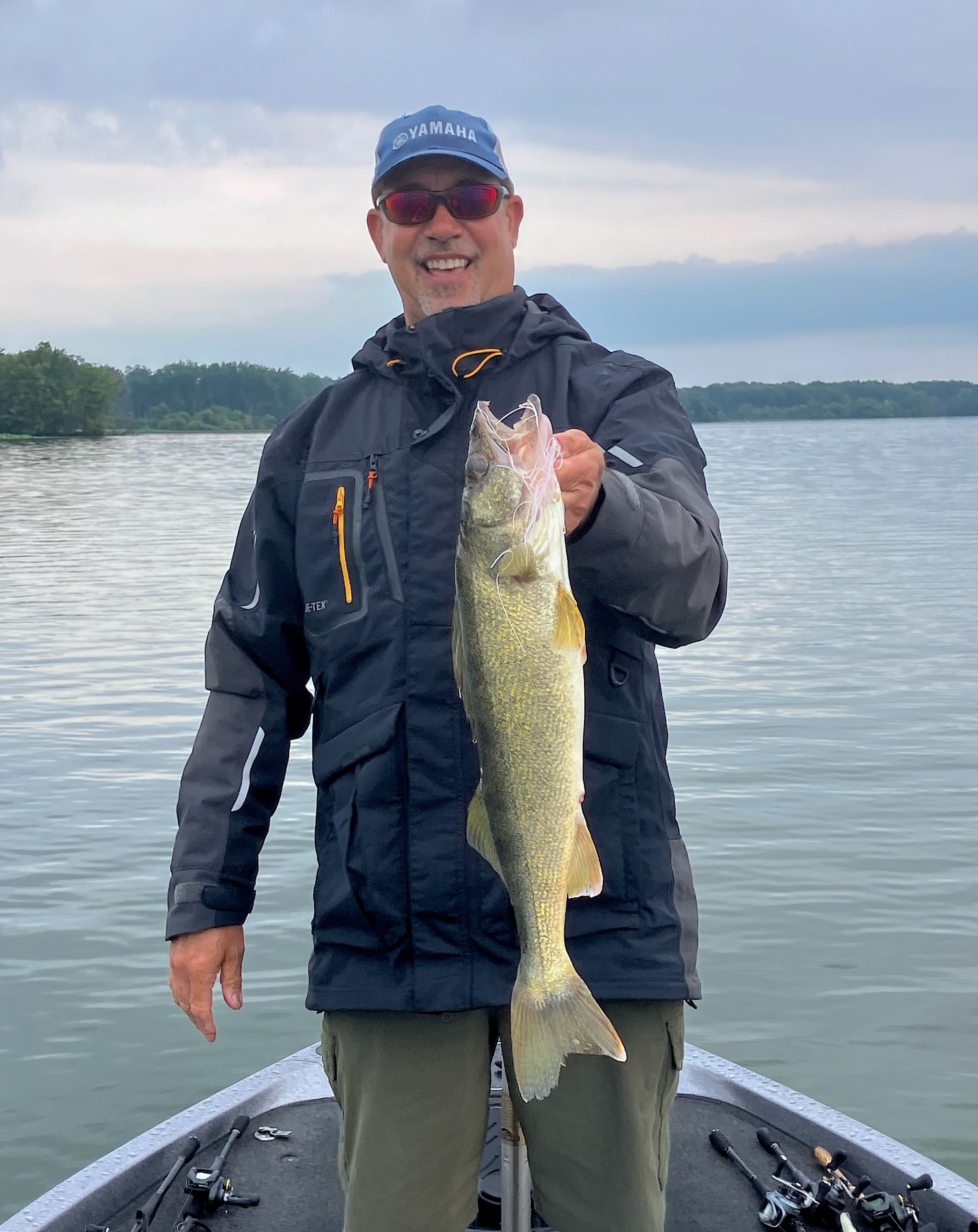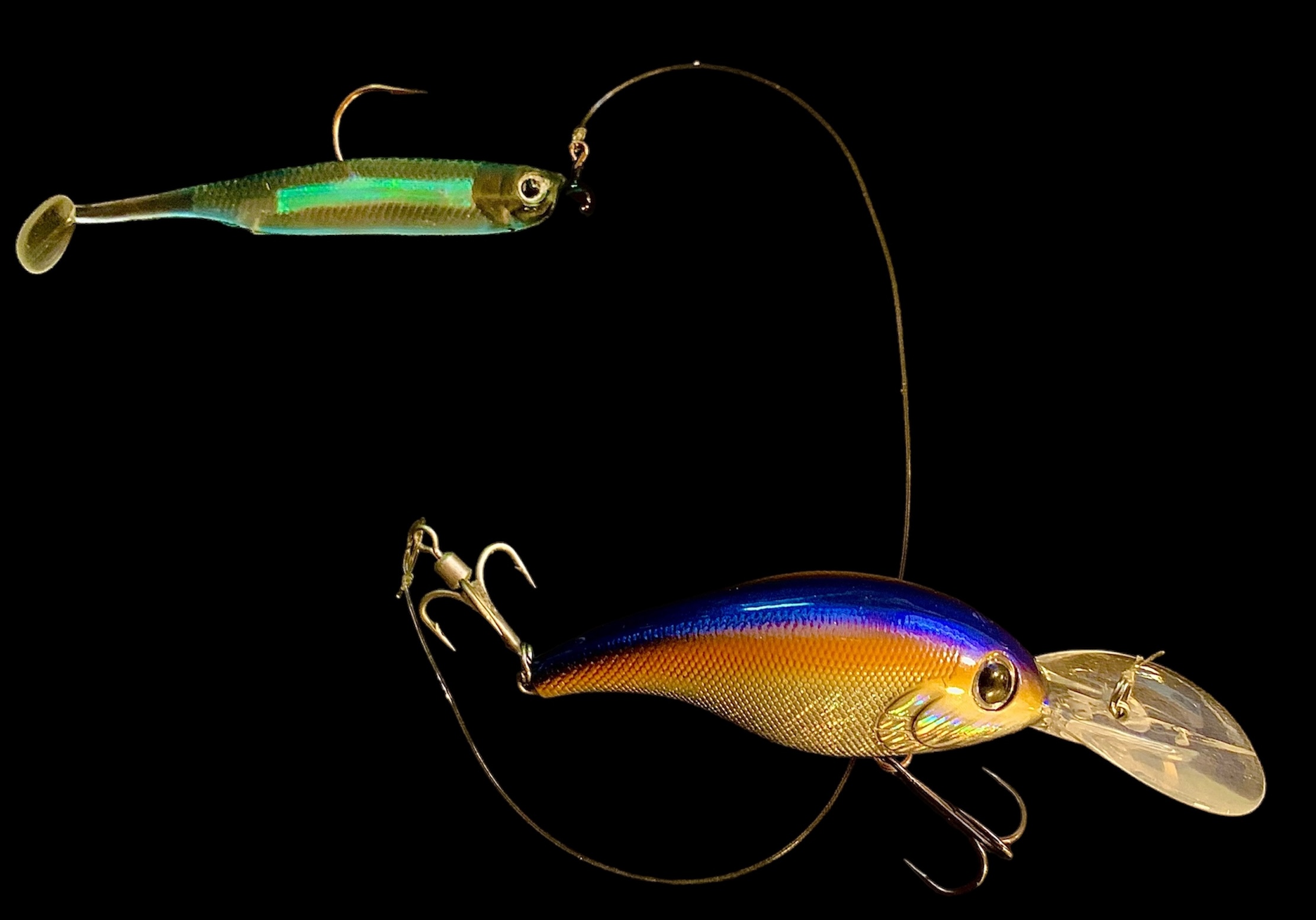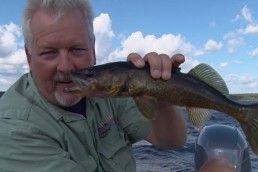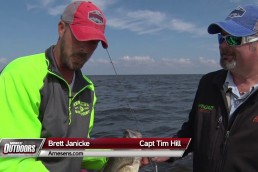SHARE THIS POST
Lake Erie, the fourth largest of North America’s Great Lakes, is renowned for its thriving walleye fishery. Each year, anglers from across the continent flock to its shores, drawn by the promise of trophy catches and the unique challenges the lake presents. While spring and summer attract the largest crowds, November offers a distinctly different—and often more rewarding—angling experience. The crisp air, fewer boats, and concentrations of big fish make late autumn a favorite season for seasoned walleye hunters.
Why fish for walleyes in November?
As autumn sets in, the walleye population in Lake Erie undergoes notable behavioral changes. Falling water temperatures signal fish to feed-up for the long winter ahead. This late-season feeding frenzy can make for a great time on the water with fast and furious catches. Reduced boat traffic is another great part of fishing for walleyes in November.
During November, there is less fishing pressure, leaving some of the better walleye spots open to look for hungry walleyes. Late-season walleyes are feeding more than usual in November, which can be a great time to catch big, fat trophy walleyes. Walleyes can be easier to find because they group up in tighter schools. You may go fishless for a while, but when you locate a school, the fishing can get hot and you can stay in the fish to get your limit.



Walleye behavior
Understanding walleye behavior in November is crucial to a successful outing. As waters cool—typically into the 40-degree range—walleyes shift from the deep, open basins of summer to shallower, nearshore areas and reefs. They are drawn to places where baitfish congregate, often around rocky points, drop-offs, and the mouths of rivers. The fish tend to be more active at twilight and after dark, capitalizing on low-light conditions to ambush prey.
Key locations
Western Basin: Known for its reefs and islands, the western portion of Lake Erie holds significant numbers of walleyes in fall. Popular locations include the areas around the Bass Islands, Kelleys Island, and the reefs off Port Clinton.
Central Basin: Nearshore waters, especially around river mouths such as the Huron and Vermilion Rivers, are productive as walleyes move in to chase schools of shad and shiners.
Eastern Basin: Structure-oriented fish can be found along rocky shorelines and breakwalls, especially near harbors and bays.
Are you enjoying this post?
You can be among the first to get the latest info on where to go, what to use and how to use it!
Tackle and electronics
Medium spinning or baitcasting combos: 6’6” to 7-foot rods matched with reels spooled with 10- to 14-pound-test line (mono or braid with a fluorocarbon leader).
Jigging spoons and blade baits: Heavier lures (1/2- to 3/4-ounce) are ideal for vertical presentations in deeper water.
Crankbaits and stickbaits: Long, slender baits in shad or perch patterns are effective when trolled at slow speeds.
Sonar/GPS units: Electronics help identify schools of baitfish and structure, improving location accuracy.
Techniques for success
Adapting your approach to the season is key. As water temperatures drop, walleye metabolism slows, and their feeding windows become more specific.
Jigging: Vertical jigging is a great technique for November. Position your boat over a marked school or nearby structure and use a jigging spoon or blade bait with short, sharp lifts, allowing the lure to flutter back down. Natural or metallic colors often work best. Slow your cadence and keep contact with the bottom; cold-water walleyes can be finicky, and subtle presentations usually trigger more strikes.
Trolling: Although less popular in late fall, trolling can still be productive, especially in the Central and Eastern basins. Use deep-diving crankbaits or stickbaits, trolling slowly (1.0 to 1.5 mph) behind planer boards or downriggers. Focus on contour lines near drop-offs and river mouths where baitfish gather. Downriggers, Dipsy Divers, and leadcore line can get your lure to the proper depth to best target walleyes. Don’t forget old-school spoons and keep changing colors until you find what colors walleyes like that day.
Shore fishing: Not all November walleyes are out of reach from land. After dark, walleyes cruise shoreline structure in search of food. Cast crankbaits or soft plastics along breakwalls, piers, or rocky outcrops. Work your lure slowly with frequent pauses, allowing it to hover enticingly in the strike zone. Working lipless crankbaits and swimbaits is very effective at night from shore. Look for points or shallow water near deep drop-offs. Walleyes prowl the shallow areas in search of prey.
Weather considerations
Lake Erie is notorious for rapidly changing weather. Before heading out, always check the forecast and lake conditions. November can bring calm, sunny days or sudden snow squalls and gale-force winds. Small craft advisories are common, and waves can build quickly. If in doubt, don’t risk it; walleyes will be there another day.
Regulations and conservation
Be sure to review the latest Ohio, Pennsylvania, New York, Michigan, or Ontario fishing regulations, depending on where you plan to fish. Daily bag limits, size restrictions, and seasonal rules may vary. Practicing catch-and-release for larger females helps sustain the population for years to come.
Conclusion
Fishing for walleyes on Lake Erie in November is not just about the promise of a big catch; it’s an immersive experience in the raw beauty of the season. With the right gear, knowledge, and respect for the lake’s changing conditions, late autumn can be your most rewarding time for big walleyes. Whether you’re drifting, trolling, or casting from a frosty pier, you’re taking part in a tradition that defines the spirit of Great Lakes fishing. Bundle up, be safe, and savor the magic of November on Lake Erie—where memories and monster walleyes await.
MWO
SHARE THIS POST
Did you enjoy this post?
You can be among the first to get the latest info on where to go, what to use and how to use it!



